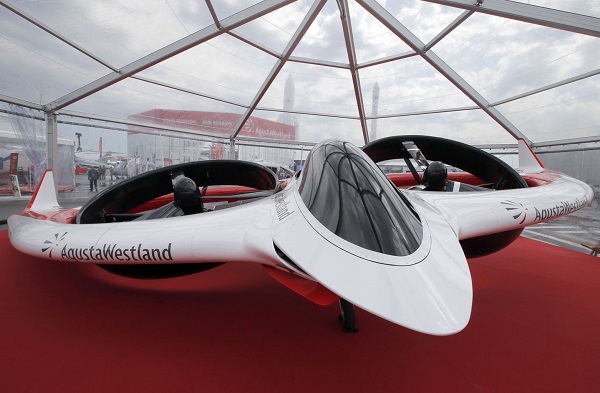We have eco-friendly food production, houses and road vehicles but now, the Project Zero tiltrotor wants to make eco-friendly flight a possibility too.
Technology certainly goes through some buzzword phases, last year it was efficiency, the year before it was ‘design’ and this year it seems to be ‘eco-friendly’ as developers decide to reduce the effect that their products have on the planet. This challenge is hardest for plane makers, especially as the average plane burns enough fuel to create heat that’s half the temperature of the sun. However, with the new Project Zero Tiltrotor, flight will now be possible without badly harming the planet.
The ‘eco-friendly’ in the Project Zero tiltrotor’s description comes from the fact that the aircraft is only powered by Lithium batteries. These same Lithium batteries are the same sort that are in your laptop and phone chargers, so you can understand the difference between those and the two-ton, fuel-powered behemoths of your average Boeing 747. Electricity means of course that these batteries, should AgustaWestland, the company behind the vehicle, develop them in such a way, they could likely be charged by renewable energy, such as solar or wind.
Not only is this electric flying marvel positively ‘green’, it’s also incredible light too. While the Project Zero’s project manager Jianye Zhang couldn’t give a specific weight, Zhang did say it was over 500kg, which, depending on how far over 500 kilos it goes, the Project Zero is still seemingly quite light for an aircraft. Made of carbon-fibre and other weight saving materials, it’s clear that the weight was an important part of the Project Zero’s design brief. The lightness is also likely made possible by AgustaWestland’s decision not to include a hydraulic system, something that most planes and helicopters have to pressurise liquid and operate motors, controls and other important features. The lack of a hydraulics system also means that less maintenance is needed for the Project Zero as hydraulics are often prone to costly leaks.
Exact specs such as how fast the Project Zero can go, have not been revealed by the company but we do know some other important factors such as how it flies. The Project Zero propels one person (it’s a single-seat aircraft), in the air via the two giant, downward facing propellers on its wings. These propellers push air downward to lift the aircraft up, similar to a helicopter.
There’s no word on when the Project Zero will become commercially available but we’ll keep you posted on when eco-friendly flying becomes a reality.
Source : cnet
Read more on walyou, Ride a Flying Bicycle and Keep E.T. Some Company, Domino’s to Start Delivering Pizza via Drones?











